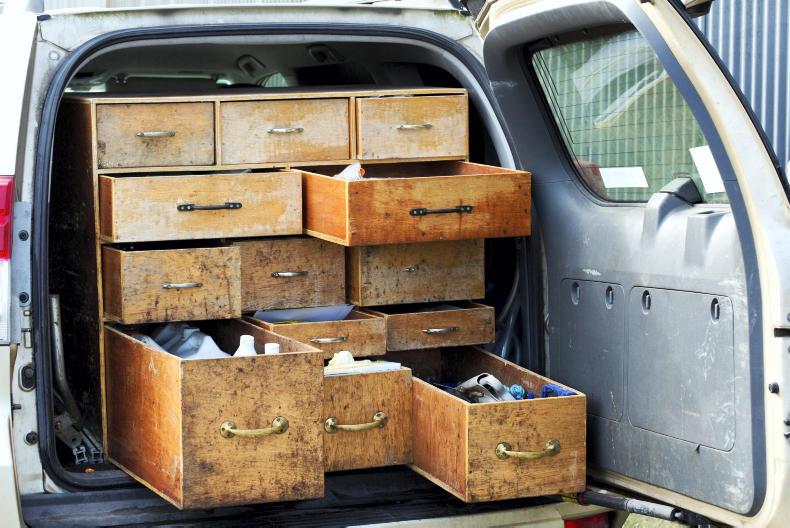Wet weather and a bit of increased stress on cows has led to an increase in the number of cases of mastitis. This, in turn, has led to an uptake in the number of milk samples over the same period.
Usually, the bacteriological cause of mastitis at this time of year is one of the usual suspects; ie staphylococci or streptococci.
In most cases, the cow has picked up one of these bugs at milking time, meaning these types of mastitis are generally contagious and spread from cow to cow usually on the milking operators’ hands or the milking machine.
However, recently, when milk samples have been cultured and analysed in the lab, we have seen some cases of bacteria which are not the usual suspects.
One such case was a mastitis sample containing a particularly nasty bug called pseudomonas. This organism is present in the environment and is generally not the main cause of mastitis on farms.
However, in some cases, it can cause mastitis in its own right. In this instance, the bacteria can gain entry to the udder from housing or through the use of contaminated water in the milking routine.
I call this a particularly nasty bug, because when it was tested to see which antibiotic tubes were effective against it, we found that it was resistant to all except one of the routinely used antibiotics.
Another recent cause of bacteria was a yeast called candida. This sometimes occurs after a cow has been treated on several occasions with intramammary antibiotics. This is because yeasts are not killed by antibiotics (as was the case with this one when we tested it in the lab).
Recently, we have become more aware that there is a natural biome of good bacteria in the teat canal which helps defend the udder from infection.
Over-use of antibiotics may interfere with these defence mechanisms, and allow the overgrowth of yeasts. Bacteriological culture of mastitis samples is the only way to identify these unusual suspects, and treating these sorts of cases without knowing what’s going on can make matters worse.
The lead-up to drying off is a good time to talk with your vet about monitoring high cell count or problem cows, to build up a profile of the bugs present on the farm.
John Gilmore is a practising vet and managing director of FarmLab Diagnostics, an animal health testing laboratory. www.farmlab.ie.






 This is a subscriber-only article
This is a subscriber-only article








SHARING OPTIONS: